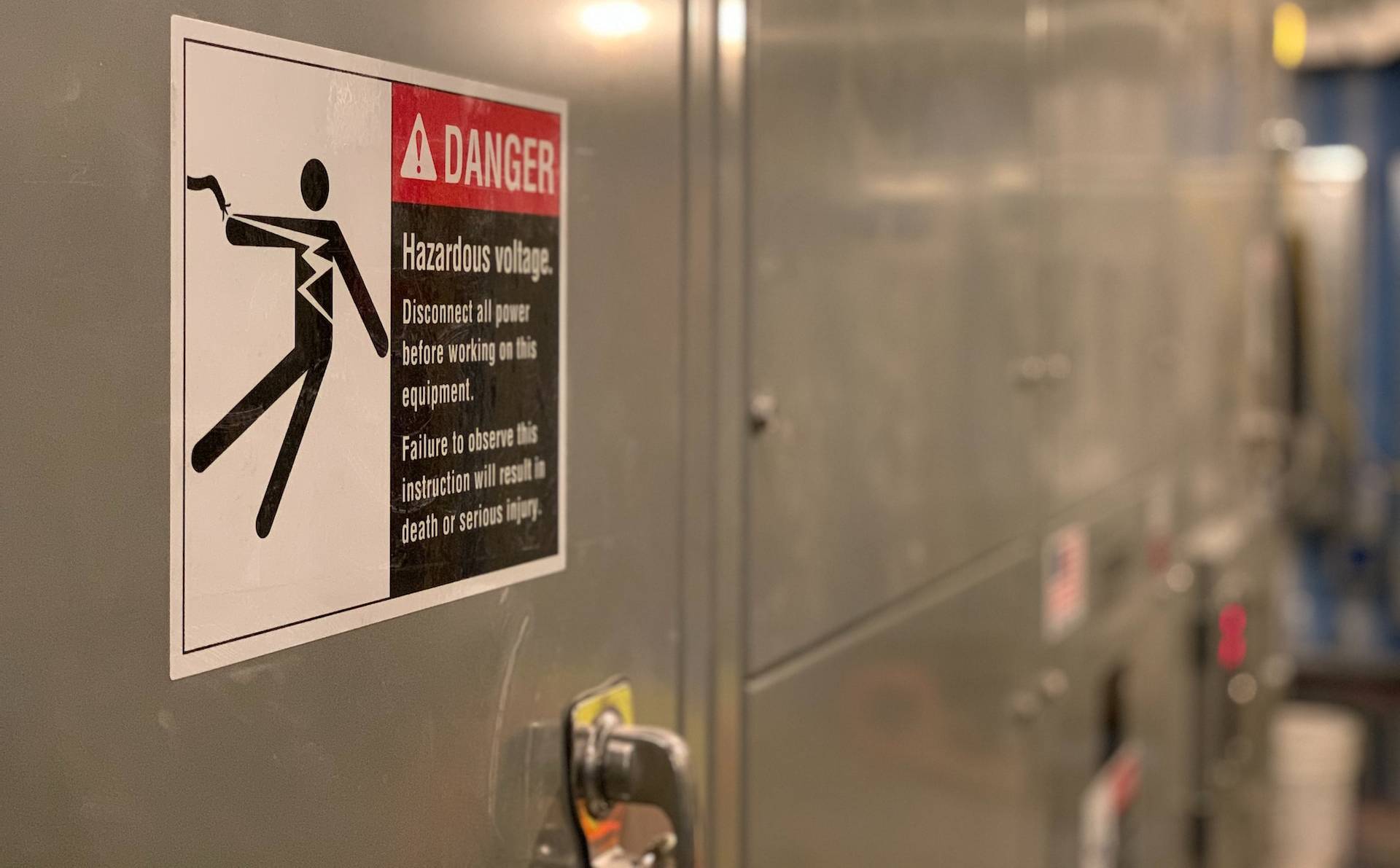PROCESS SAFETY RISK ASSESSMENT
When it comes to Process Safety Risk Assessment, we elevate your operational standards through early-stage risk identification, meticulous assessments, and proactive safety measures. Learn about the critical role of process safety risk assessments (HAZID, HAZOP) in pre-emptively addressing potential hazards and explore how our tailored services can fortify your operations, ensuring compliance, reliability, and peace of mind. Discover our expertise in delivering effective risk mitigation strategies that align with your industry's unique needs.
What is Process Safety Risk Assessment?
A Process Safety Risk Assessment (PSRA) is a systematic method used to identify, analyse, and control potential hazards associated with industrial processes. It's a crucial component of Process Safety Management (PSM), which aims to prevent major accidents like explosions, fires, toxic releases, or equipment failures.
(1) Identifying hazards: This involves pinpointing any elements within the process that have the potential to cause harm, such as: Flammable materials, Toxic chemicals, pressure/ flow deviations (high/ low), Human error (2) Assessing risks: Once hazards are identified, the likelihood and severity of potential incidents are evaluated. This helps prioritize which risks require the most attention. (3) Mitigating risks: Based on the assessment, various control measures are implemented to minimize the likelihood and severity of identified risks. These controls can involve: Engineering controls, like modifying equipment or adding safety features, administrative controls, such as establishing safe work procedures and training programs, Personal protective equipment (PPE).
Importance of Process Safety Risk Assessment
Process Safety Risk Assessment stands as a pivotal phase in the life cycle of any industrial process or system, serving as the foundation for preemptive risk management. It plays a critical role in identifying and mitigating potential hazards at an early stage, significantly impacting the overall safety and reliability of operations..
Proactive Hazard Identification
Design Assurance focuses on foreseeing and addressing potential hazards during the initial phases of project development or process implementation. By scrutinising designs, procedures, and systems, we can identify risks before they manifest, thereby averting potential safety lapses.Preventive Measures Implementation
This phase lays the groundwork for implementing preventive measures to address identified risks effectively. By integrating safety measures into the design and operational framework, Design Assurance reduces the likelihood of incidents and strengthens the resilience of the system against potential failures.Compliance and Operational Integrity
Ensuring compliance with industry standards and regulations is paramount. Design Assurance not only facilitates compliance but also contributes to the operational integrity of systems. It establishes a solid framework that aligns with regulatory requirements while fostering a culture of safety and responsibility within the organisation.Cost Efficiency and Risk Reduction
Addressing potential hazards in the early stages of design and development is more cost-effective than rectifying issues post-implementation. Design Assurance minimises the risk of costly incidents, reducing downtime, avoiding regulatory fines, and protecting both human and financial resources.Enabling Sustainable Operations
By integrating safety considerations into the design phase, Design Assurance contributes to sustainable operations. It minimises the environmental impact of potential incidents, promoting responsible practices and ensuring the long-term viability of operations within the ecosystem.
Understanding HAZID and HAZOP
Hazard Identification (HAZID) involves the early-stage evaluation of potential hazards in industrial processes. It serves as a critical component of risk assessment, focusing on identifying and understanding hazards before project implementation. HAZID aims to proactively recognise risks to prevent incidents, ensuring safety and reliability from the outset.
Hazard and Operability Study (HAZOP) is a detailed methodology for analysing process systems. It delves into the intricacies of operations to identify potential hazards and operability issues. HAZOP plays a crucial role in pinpointing deviations from the intended process, assessing their potential consequences, and proposing preventive measures to enhance safety and efficiency.
Comparing HAZID and HAZOP:
HAZID primarily focuses on early-stage hazard identification, while HAZOP dives deeper into the operational intricacies. HAZID aims to broadly recognise hazards, whereas HAZOP methodically examines specific operations, identifying deviations and proposing detailed corrective measures. Each method serves distinct purposes in ensuring comprehensive risk assessment and management.
Elevate Safety Standards with Health & Safety Consultancy
Ready to fortify your processes with precise risk assessments and proactive safety measures? Contact us today to leverage our expertise in HAZID, HAZOP, and design assurance. Elevate your safety standards and operational reliability by partnering with us for tailored risk mitigation solutions.
Design Assurance FAQs
What is the significance of early-stage risk assessment in industrial processes?
Early-stage risk assessment, like HAZID (Hazard Identification), is crucial as it helps identify potential hazards before implementation, enabling proactive risk mitigation and ensuring operational safety and reliability from the outset.
How does HAZOP contribute to improving operational safety?
HAZOP methodology allows for a detailed examination of process systems, identifying deviations, potential hazards, and operability issues. Its role lies in proposing corrective measures to enhance safety and operational efficiency.
Can HAZID and HAZOP assessments improve company sustainability efforts?
Yes, by identifying potential hazards and operational inefficiencies early on, HAZID and HAZOP assessments contribute to sustainable operations. This proactive risk identification and mitigation align with responsible environmental practices, reducing potential negative impacts and supporting sustainability goals.
Expertise Process Safety Services
Explore our other Expertise Process Safety Services
